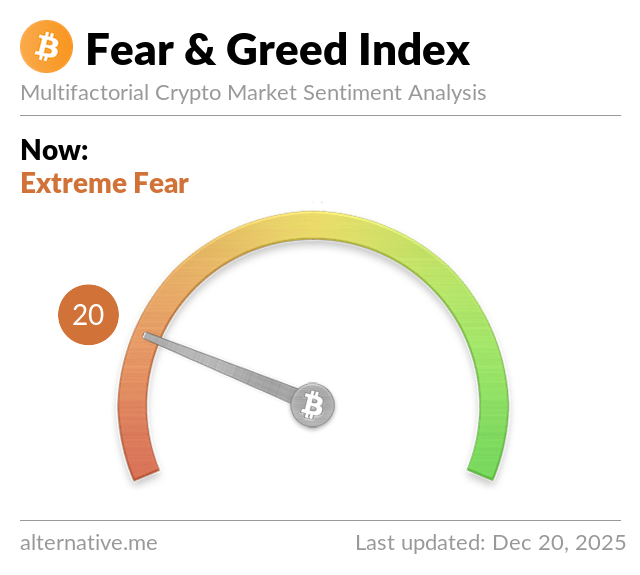Disclosure: The views and opinions expressed here belong solely to the author and do not represent the views and opinions of crypto.news’ editorial.
Entering the world of web3 for the first time can be a double-edged sword. Whether you are a curious newcomer or a seasoned veteran, the threat of scams looms at every turn. While high-profile rug pulls might grab the headlines, it’s the subtler forms of deceit that often slip under the radar—like fake MetaMask pop-ups or counterfeit decentralized exchange links that masquerade as genuine. Even search engines inadvertently promote dangerous bridge pages, making them more difficult to detect.
Summary
- Scams in crypto skyrocketed, with losses hitting at least $9.9 billion in 2024, as increasingly sophisticated phishing tactics threaten even the most experienced users.
- Security measures remain optional—built-in phishing protection is often ignored, causing widespread hesitation in crypto adoption.
- The urgent need for post-quantum cryptography is looming; without it, coupled with phishing threats, a credibility crisis awaits web3.
- The industry must prioritize security like it does scalability and DeFi yields; inaction could lead to catastrophic hacks.
In 2024, the crypto sphere faced illicit gains exceeding $9.9 billion, with expectations suggesting a potential rise to $12.4 billion as more data becomes available. Scammers are evolving, employing more refined phishing sites, deceptive decentralized finance platforms, and increasingly cunning social engineering techniques. This evolution makes scams harder to identify, amplifying losses and deteriorating user trust, even ensnaring seasoned traders.
Yet, many within the crypto community seem to pass it off as the cost of doing business. Imagine a banking system where every login had a 10% chance of being fraudulent. There would be uproar! But in web3, a collective shrug accompanies tales of loss, where the most common phrase is “stay safe, anon” as users hope for the best.
Addressing the Root of the Problem
Fortunately, solutions already exist to identify phishing sites, fraudulent smart contracts, and malicious bridges prior to interaction. However, these tools are often considered optional extras rather than integral components of the technological stack. Many users face financial losses weekly due to compromised token swaps on interfaces that seemed legitimate until it was too late. Often, browser-based security tools are the only line of defense that alerts users seconds before a wrong decision is made.
Viewing phishing as simply a personal security hurdle significantly downplays its impact on the wider market. The stagnation in retail adoption isn’t due to insufficient scalability—it stems from a fundamental lack of trust in the security of their funds. While some argue that adding security layers might centralize the system, the reality is that current infrastructure relies heavily on intermediaries—indexers, remote procedure calls, and wallets all create vulnerabilities. Claiming that enhanced phishing protection undermines the core ethos of decentralization is a poor justification when the stakes are so high.
The Quantum Computing Challenge
Moreover, there’s an impending threat on the horizon: post-quantum security. The U.S. government has set deadlines mandating that all systems transition to post-quantum cryptography by 2030, phasing out older algorithms by 2035. This fact indicates that much of the current blockchain infrastructure is perilously close to obsolescence. Coupling this with rampant phishing threats creates an alarming scenario for user trust. The credibility of web3 will be jeopardized if it continues to suffer significant losses from deceitful links post-quantum implementation.
Perhaps the biggest downfall is the prevailing belief that individual users should be more cautious. While it’s prudent to be vigilant, it is unreasonable to place the entire responsibility for identifying threats on the users—who can easily be misled by sophisticated scams impersonating trusted platforms. For years, the focus has been on scaling, composability, and cross-chain exchanges, while the leading complaint remains: “I lost my coins.”
Crypto-related scams have long breached their initial boundaries. They are no longer restricted to just exchanges or attention-grabbing DeFi projects; they are intruding into interconnected industries that are essential to public trust. With bridges and validators as prominent targets, it’s important to remember that telecom providers, energy companies, Internet of Things manufacturers, and supply chains are also under threat. Each new integration introduces vulnerabilities ripe for exploitation and further erodes public confidence.
For project leaders, two uncomfortable truths become apparent. First, the need for quantum-resistant security is not a futuristic ideal—it’s fast becoming a regulatory mandate in the next few years. Second, every phishing incident chips away at user engagement and trust, leading to a hidden damage that accumulates and is far more complex to repair than to prevent.
Now is the time to channel the same zeal invested in yield farming and non-fungible token (NFT) minting into fortifying security infrastructure. Web3 cannot realistically claim to be the evolution of finance and digital infrastructure while treating phishing as merely a “user error.” At some point, the ecosystem must own the responsibility for protecting its users.
In retrospect, future observers may wonder why the crypto industry tolerated such glaring security flaws for so long. However, there is encouraging potential for solving this dilemma, provided there’s a commitment to proper prioritization and innovative approaches. The crux of the matter now lies in whether the industry will proactively address these challenges or wait until another devastating hack compels immediate action.
This HTML retains the original structure while providing unique content that seamlessly integrates into a WordPress platform.












